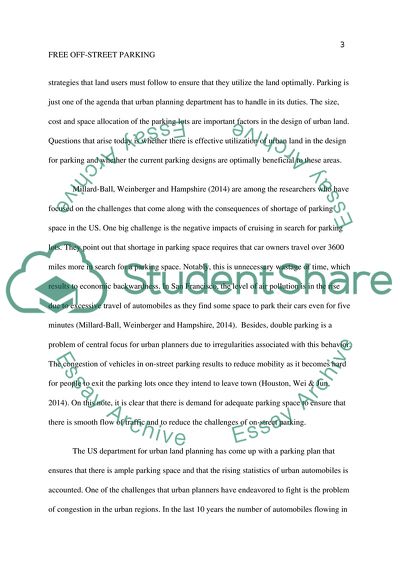Cite this document
(The Challenges of Free Off-Street Parking Research Paper, n.d.)
The Challenges of Free Off-Street Parking Research Paper. Retrieved from https://studentshare.org/social-science/1833539-transportation-policy-the-paper-will-discuss-the-negative-impacts-of-free-off-street-parking-and-possible-solutions-to-counteract-such-problems
The Challenges of Free Off-Street Parking Research Paper. Retrieved from https://studentshare.org/social-science/1833539-transportation-policy-the-paper-will-discuss-the-negative-impacts-of-free-off-street-parking-and-possible-solutions-to-counteract-such-problems
(The Challenges of Free Off-Street Parking Research Paper)
The Challenges of Free Off-Street Parking Research Paper. https://studentshare.org/social-science/1833539-transportation-policy-the-paper-will-discuss-the-negative-impacts-of-free-off-street-parking-and-possible-solutions-to-counteract-such-problems.
The Challenges of Free Off-Street Parking Research Paper. https://studentshare.org/social-science/1833539-transportation-policy-the-paper-will-discuss-the-negative-impacts-of-free-off-street-parking-and-possible-solutions-to-counteract-such-problems.
“The Challenges of Free Off-Street Parking Research Paper”, n.d. https://studentshare.org/social-science/1833539-transportation-policy-the-paper-will-discuss-the-negative-impacts-of-free-off-street-parking-and-possible-solutions-to-counteract-such-problems.


